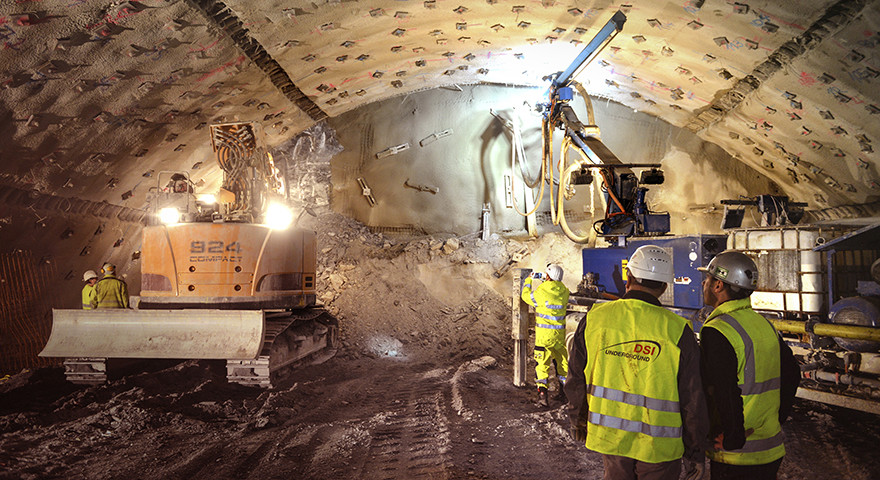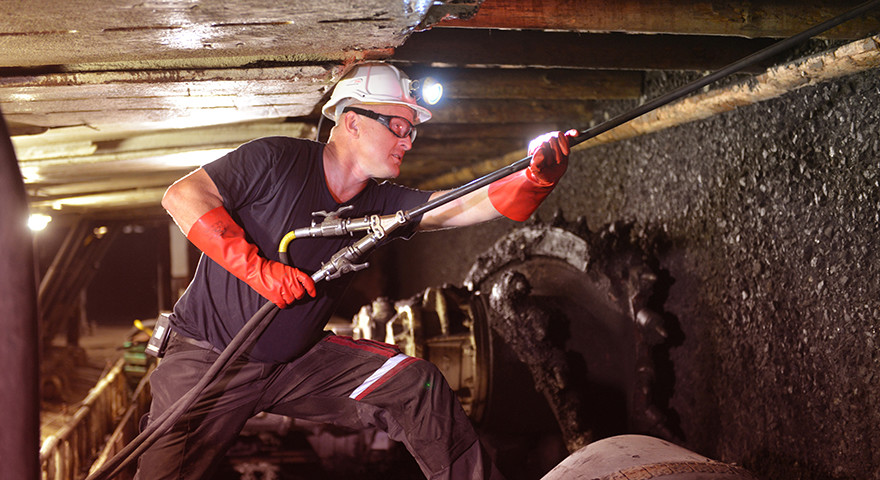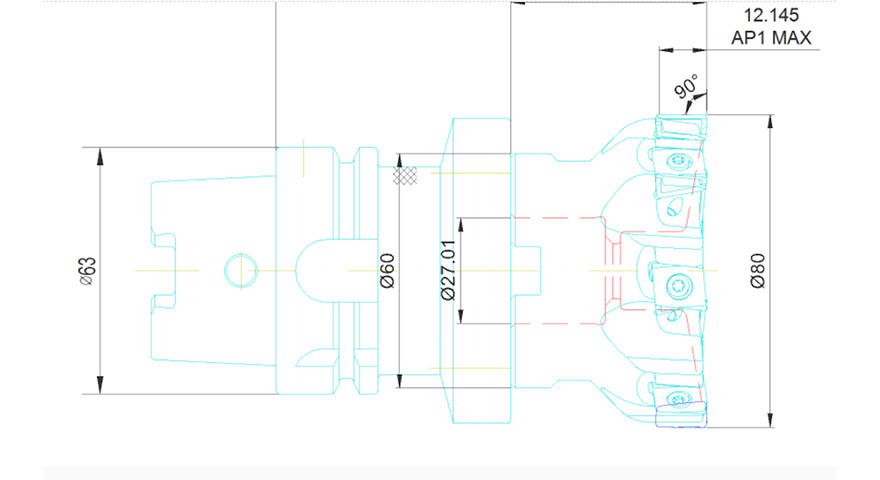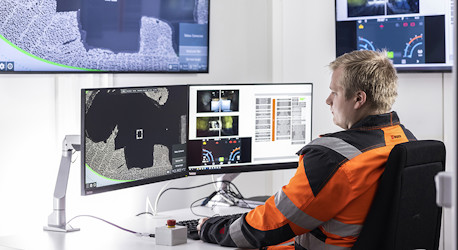Digital transformation of the manufacturing industry
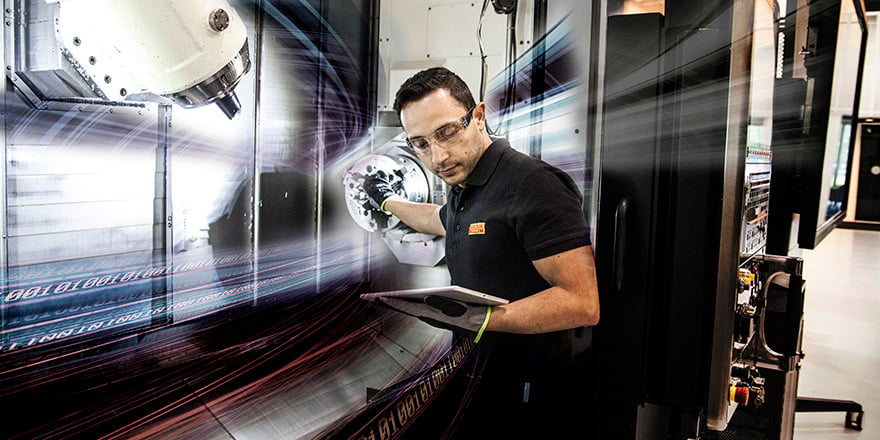
Digital Transformation of the Manufacturing Industry
In an era defined by technological innovation and rapid advancements, the manufacturing industry is experiencing a profound digital transformation. This evolution is reshaping the way factories operate, products are made, and businesses compete. Today, we delve into the world of digital transformation in the manufacturing sector and explore its impact on efficiency, competitiveness, and sustainability.
The Foundation of Digital Transformation
At its core, digital transformation in manufacturing is about harnessing data and technology to streamline processes, enhance decision-making, and improve overall operations. Here are some key pillars that underpin this transformation:
IoT and Smart Manufacturing
The Internet of Things (IoT) plays a pivotal role in the modernization of manufacturing. Sensors and connected devices are embedded throughout the production process, enabling real-time monitoring and data collection. This data is then analyzed to optimize workflows, predict maintenance needs, and reduce downtime. Smart manufacturing systems ensure that equipment operates at peak efficiency, ultimately translating into cost savings and improved quality.
Automation and Robotics
Automation has become synonymous with modern manufacturing. Robots and automated systems are employed in various stages of production, from assembly lines to warehouses. These machines excel in repetitive tasks and can work 24/7 without fatigue. The result is increased productivity, precision, and consistency. Human workers, in turn, can focus on tasks that require creativity, problem-solving, and complex decision-making.
Data Analytics and AI
Manufacturers are sitting on a goldmine of data, and advanced analytics and artificial intelligence (AI) are the tools to extract its value. Predictive analytics can forecast demand, optimize inventory levels, and even anticipate maintenance needs. Machine learning algorithms can identify defects in real-time, reducing waste and enhancing product quality. AI-driven insights empower manufacturers to make data-driven decisions, leading to improved resource allocation and strategic planning.
The Benefits of Going Digital
The advantages of embracing digital transformation in manufacturing are manifold:
Enhanced Efficiency
Efficiency is at the core of manufacturing, and digital transformation amplifies it significantly. Streamlined processes, reduced downtime, and optimized resource allocation lead to quicker production cycles and lower operational costs.
Increased Competitiveness
Manufacturers who leverage digital technologies gain a competitive edge. They can adapt to changing market dynamics swiftly, offer customized solutions, and respond to customer demands with agility. This flexibility is a valuable asset in today’s fast-paced business environment.
Sustainability and Reduced Environmental Impact
Digital transformation can contribute to sustainability efforts. Smart manufacturing reduces resource wastage, energy consumption, and emissions. Optimized supply chains minimize the carbon footprint associated with transportation and logistics. These eco-friendly practices align with global trends towards environmental responsibility.
Challenges and Considerations
While the benefits are clear, the path to digital transformation is not without its challenges. Manufacturers must invest in technology infrastructure, provide employee training, and address cybersecurity concerns. Furthermore, they need to consider the ethical implications of AI and automation, such as the impact on the workforce.
In conclusion, digital transformation is not a choice but a necessity for the manufacturing industry. It’s a journey towards increased efficiency, competitiveness, and sustainability. Embracing technology and data-driven decision-making is the way forward. Manufacturers who seize this opportunity will not only survive but thrive in the evolving landscape of the industry.

